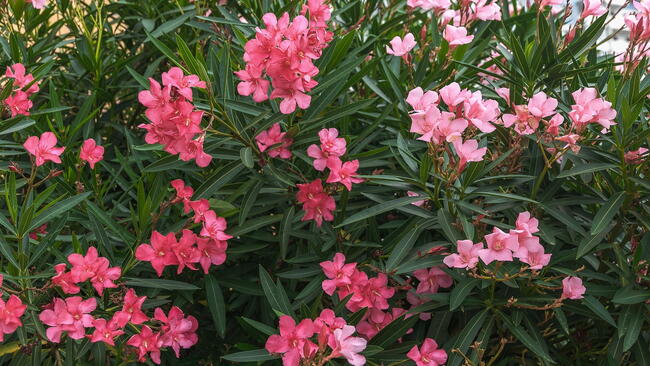
Photo Credit
Gorloff-KV/Shutterstock
Botanical Name
Buxus spp.
Plant Type
Sun Exposure
Subhead
Planting, Growing, and Pruning Boxwoods
Read Next
Types
With so many types of boxwood to choose from, it makes sense to narrow down the choices to fit your intended use. Pay attention to mature size, whether that’s small and compact or tall and imposing, as well as growth rates.
- ‘Graham Blandy’ (B. sempervirens) is a tall, columnar shrub that can reach 15 feet in height while remaining only 2-4 feet wide. An excellent choice for privacy fences and marking property borders.
- Korean boxwoods (B. sinica) are smaller in size, with smaller leaves. Slow growers, they are sometimes chosen for bonsai.
- Sprinter® boxwood (B. microphylla ‘Bulthouse’) is a compact, shorter shrub with a mature size of 2-4 feet tall. It makes a rounded shape with little effort and is one of the fastest-growing boxwoods.
- Buxus sempervirens ‘Pyramidalis’ maintains a cone shape without trimming. Modest in size at 8-12 feet tall.
Gardening Products
More Like This
Is it true that boxwood tends to smell like cat pee at certain times of year? A number of folks have told me that over the years. Just wondering...










Comments